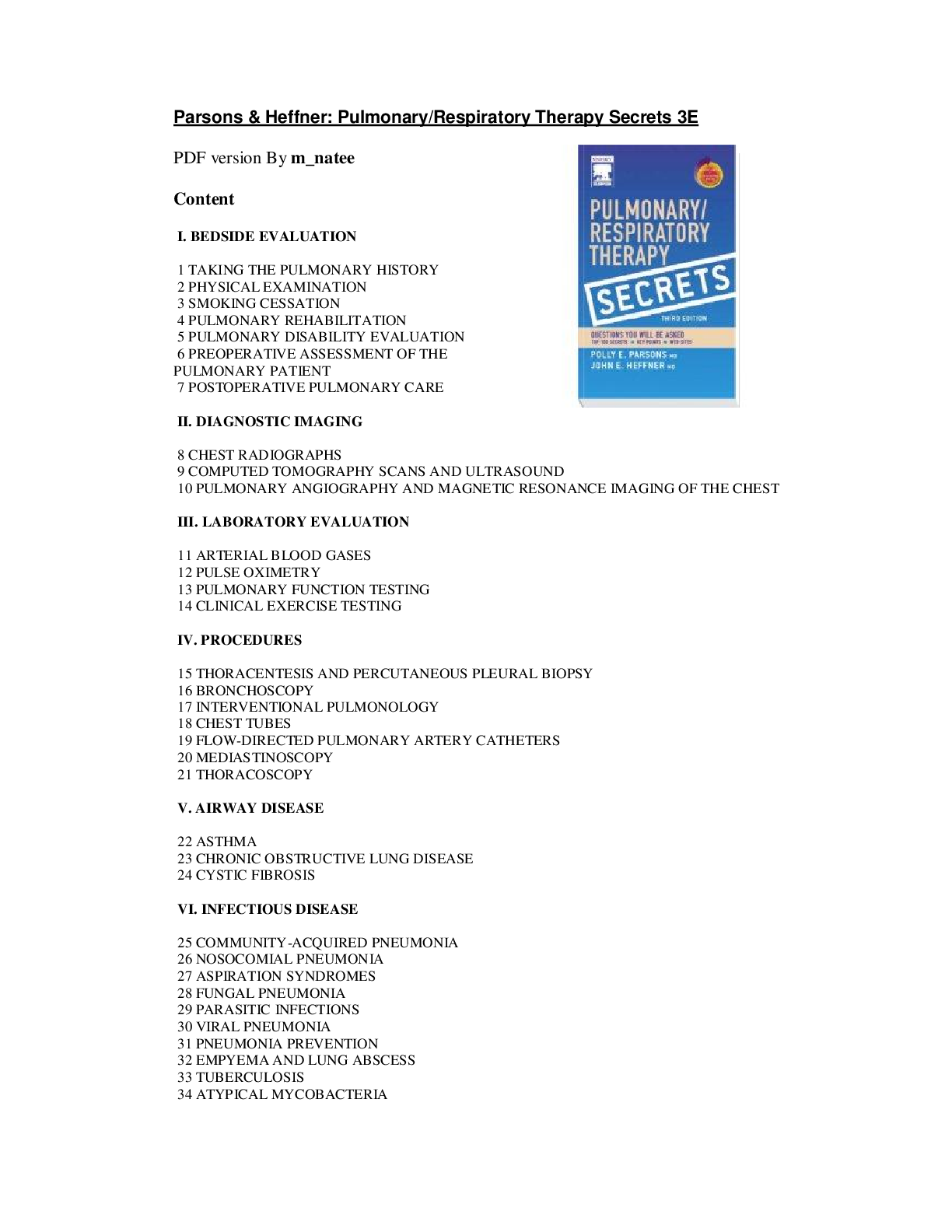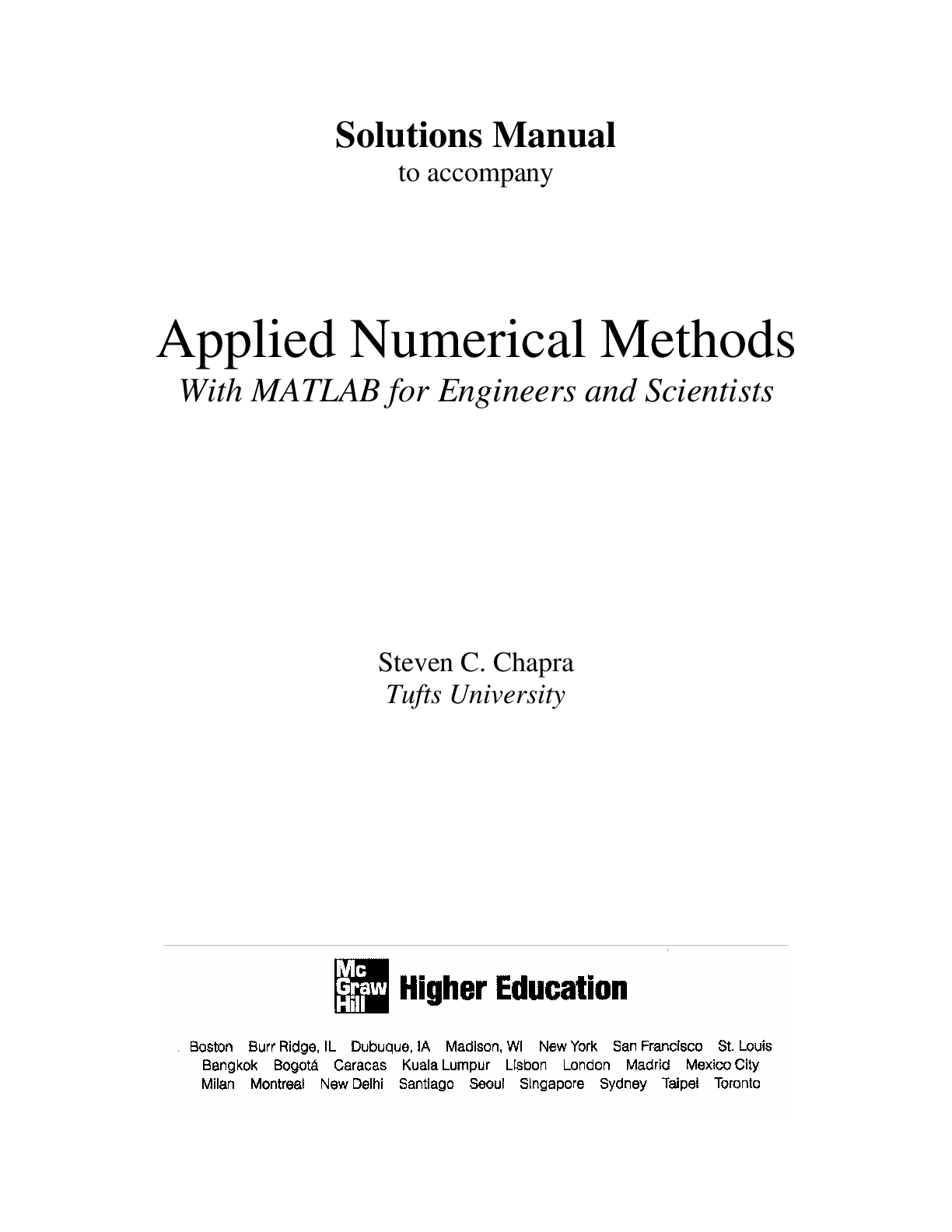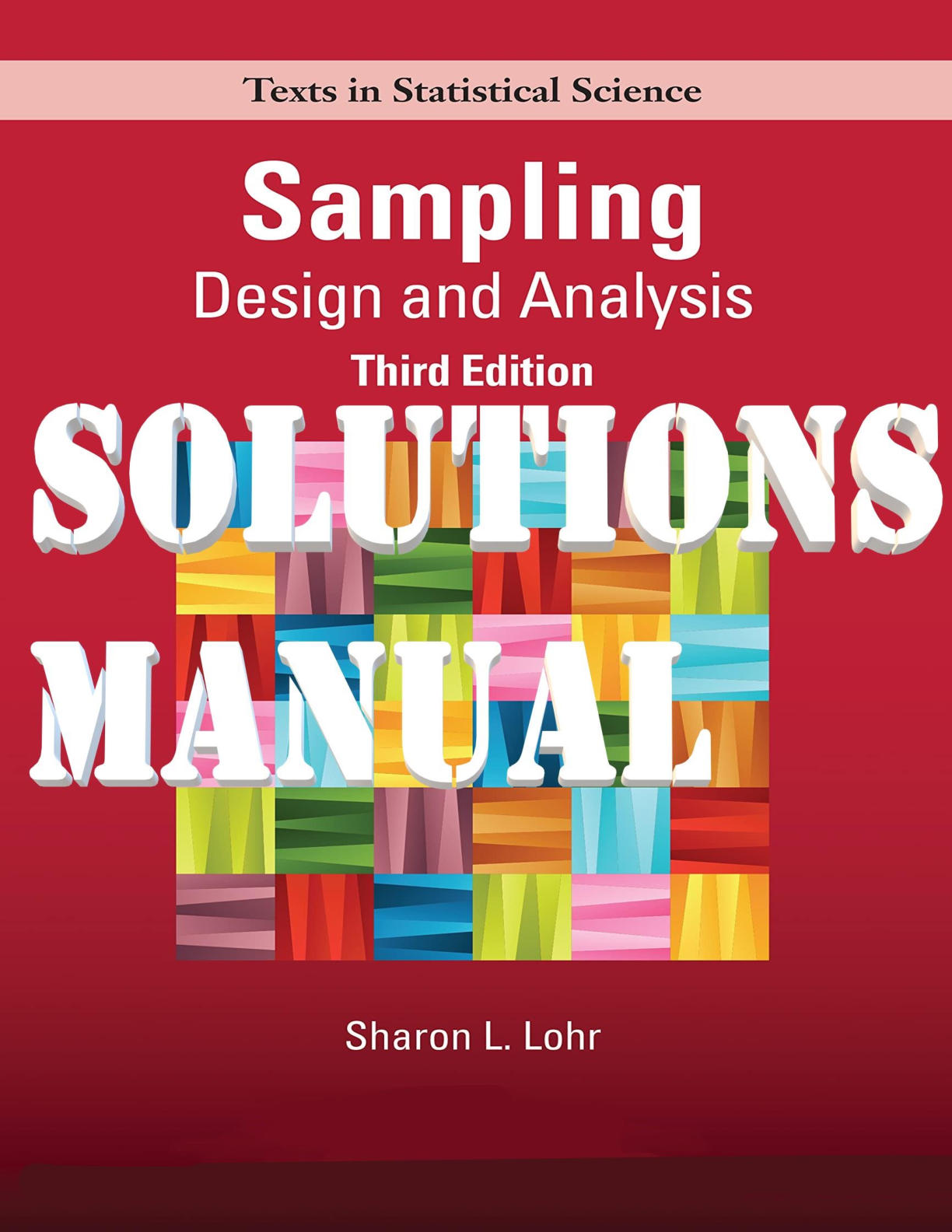Computer Science > SOLUTIONS MANUAL > Learning Blender, 3rd edition By Published by Addison-Wesley Professional (Solutions Manual ) (All)
Learning Blender, 3rd edition By Published by Addison-Wesley Professional (Solutions Manual )
Document Content and Description Below
Preface xxv Acknowledgments xxxi About the Author xxxiii Part I: The Basics of Blender 1 Chapter 1: What You Need to Know About Blender 3 What Is Blender? 3 Commercial Software Versus Open-S... ource Software 4 History of Blender 6 Blender Foundation and Blender Development 8 Who Pays for Blender’s Development? 10 The Blender Community 10 Summary 11 Exercises 12 Chapter 2: Blender Basics: The User Interface 13 Downloading and Installing Blender 13 Using Blender with Recommended Hardware 13 Using Blender’s User Interface 15 Understanding Areas and Editors 16 Using Workspaces 21 Getting to Know Blender’s Interface Elements 23 Understanding the 3D Viewport 26 Navigating the 3D Scene 31 Selecting Objects 33 Understanding the 3D Cursor 35 Understanding Blender’s User Preferences 37 Creating Your Own Startup File 39 Summary 40 Exercises 40 Chapter 3: Your First Scene in Blender 41 Creating Objects 41 Moving, Rotating, and Scaling 42 Arranging Objects in Your Scene 48 Naming Objects and Using Datablocks 49 Using Interaction Modes 51 Applying Flat or Smooth Surfaces 53 Working with Modifiers 54 Using Workbench, EEVEE, and Cycles 57 Turning On the Lights 62 Moving the Camera in Your Scene 62 Rendering 63 Summary 66 Exercises 66 Part II: Beginning a Project 67 Chapter 4: Project Overview 69 Three Stages of a Project 69 Defining the Stages 71 Making a Character-Creation Plan 73 Summary 74 Exercises 74 Chapter 5: Character Design 75 Character Description 75 Designing the Character 78 Adding Color 84 Finalizing the Design 85 Making Character Reference Images 86 Using Other Design Methods 88 Summary 89 Exercises 89 Part III: Modeling in Blender 91 Chapter 6: Blender Modeling Tools 93 Working with Vertices, Edges, and Faces 93 Making Selections 95 Using Mesh Modeling Tools 100 Using Modeling Add-Ons 120 Using Other Useful Blender Options and Tools 123 Summary 125 Exercises 125 Chapter 7: Character Modeling 127 What Is Mesh Topology? 127 Choosing Modeling Methods 129 Setting up the Reference Images 131 Modeling the Eyes 135 Modeling the Face 139 Modeling the Torso and Arms 150 Modeling the Legs 159 Modeling the Boots 161 Modeling the Hands 164 Modeling the Cap 168 Modeling the Hair 172 Modeling the Final Details 176 Summary 180 Exercises 180 Part IV: Unwrapping, Painting, and Shading 181 Chapter 8: Unwrapping and UVs in Blender 183 Seeing How Unwrapping and UVs Work 183 Unwrapping in Blender 184 Considering Before Unwrapping 191 Working with UVs in Blender 193 Unwrapping the Rest of the Character 200 Packing UVs 202 Summary 203 Exercises 204 Chapter 9: Painting Textures 205 Defining the Main Workflow 205 Texture Painting in Blender 206 Creating the Base Texture 214 Understanding the Elements of a Texture 215 Texturing in Other Software 216 Seeing the Painted Character in Blender 223 Summary 223 Exercises 224 Chapter 10: Materials and Shaders 225 Understanding Materials 225 Masks and Layers 230 Channels 231 Shading Your Character 236 Running Render Tests 246 Summary 252 Exercises 252 Part V: Bringing Your Character to Life 253 Chapter 11: Character Rigging 255 Understanding the Rigging Process 255 Working with Armatures 257 Rigging Your Character 267 Skinning 278 Creating Custom Shapes 305 Making Final Retouches 306 Reusing Your Character in Different Scenes 307 Summary 310 Exercises 310 Chapter 12: Animating Your Character 311 Using the Character’s Rig 311 Posing the Character 312 Working with Animation Editors 315 Animating a Walk Cycle 321 Summary 326 Exercises 326 Part VI: Getting the Final Result 327 Chapter 13: Camera Tracking in Blender 329 Understanding Camera Tracking 329 Shooting Video for Easy Tracking 330 Using the Movie Clip Editor 332 Tracking the Camera Motion 333 Testing Camera Tracking 343 Summary 343 Exercises 343 Chapter 14: Lighting, Compositing, and Rendering 345 Lighting Your Scene 345 Rendering and Compositing Your Scene in Cycles 356 Rendering and Compositing Your Scene with EEVEE 361 Exporting the Final Render 365 Summary 367 Exercises 367 Part VII: Keep Learning 369 Chapter 15: Other Blender Features 371 Simulations 371 2D Animation 373 VFX: Masking, Object Tracking, and Video Stabilization 373 Video Editing 374 Sculpting 374 Retopology 375 Maps Baking 375 Add-Ons 375 Python Scripting 376 Summary 376 Index 379 Preface xxv Acknowledgments xxxi About the Author xxxiii Part I: The Basics of Blender 1 Chapter 1: What You Need to Know About Blender 3 What Is Blender? 3 Commercial Software Versus Open-Source Software 4 History of Blender 6 Blender Foundation and Blender Development 8 Who Pays for Blender’s Development? 10 The Blender Community 10 Summary 11 Exercises 12 Chapter 2: Blender Basics: The User Interface 13 Downloading and Installing Blender 13 Using Blender with Recommended Hardware 13 Using Blender’s User Interface 15 Understanding Areas and Editors 16 Using Workspaces 21 Getting to Know Blender’s Interface Elements 23 Understanding the 3D Viewport 26 Navigating the 3D Scene 31 Selecting Objects 33 Understanding the 3D Cursor 35 Understanding Blender’s User Preferences 37 Creating Your Own Startup File 39 Summary 40 Exercises 40 Chapter 3: Your First Scene in Blender 41 Creating Objects 41 Moving, Rotating, and Scaling 42 Arranging Objects in Your Scene 48 Naming Objects and Using Datablocks 49 Using Interaction Modes 51 Applying Flat or Smooth Surfaces 53 Working with Modifiers 54 Using Workbench, EEVEE, and Cycles 57 Turning On the Lights 62 Moving the Camera in Your Scene 62 Rendering 63 Summary 66 Exercises 66 Part II: Beginning a Project 67 Chapter 4: Project Overview 69 Three Stages of a Project 69 Defining the Stages 71 Making a Character-Creation Plan 73 Summary 74 Exercises 74 Chapter 5: Character Design 75 Character Description 75 Designing the Character 78 Adding Color 84 Finalizing the Design 85 Making Character Reference Images 86 Using Other Design Methods 88 Summary 89 Exercises 89 Part III: Modeling in Blender 91 Chapter 6: Blender Modeling Tools 93 Working with Vertices, Edges, and Faces 93 Making Selections 95 Using Mesh Modeling Tools 100 Using Modeling Add-Ons 120 Using Other Useful Blender Options and Tools 123 Summary 125 Exercises 125 Chapter 7: Character Modeling 127 What Is Mesh Topology? 127 Choosing Modeling Methods 129 Setting up the Reference Images 131 Modeling the Eyes 135 Modeling the Face 139 Modeling the Torso and Arms 150 Modeling the Legs 159 Modeling the Boots 161 Modeling the Hands 164 Modeling the Cap 168 Modeling the Hair 172 Modeling the Final Details 176 Summary 180 Exercises 180 Part IV: Unwrapping, Painting, and Shading 181 Chapter 8: Unwrapping and UVs in Blender 183 Seeing How Unwrapping and UVs Work 183 Unwrapping in Blender 184 Considering Before Unwrapping 191 Working with UVs in Blender 193 Unwrapping the Rest of the Character 200 Packing UVs 202 Summary 203 Exercises 204 Chapter 9: Painting Textures 205 Defining the Main Workflow 205 Texture Painting in Blender 206 Creating the Base Texture 214 Understanding the Elements of a Texture 215 Texturing in Other Software 216 Seeing the Painted Character in Blender 223 Summary 223 Exercises 224 Chapter 10: Materials and Shaders 225 Understanding Materials 225 Masks and Layers 230 Channels 231 Shading Your Character 236 Running Render Tests 246 Summary 252 Exercises 252 Part V: Bringing Your Character to Life 253 Chapter 11: Character Rigging 255 Understanding the Rigging Process 255 Working with Armatures 257 Rigging Your Character 267 Skinning 278 Creating Custom Shapes 305 Making Final Retouches 306 Reusing Your Character in Different Scenes 307 Summary 310 Exercises 310 Chapter 12: Animating Your Character 311 Using the Character’s Rig 311 Posing the Character 312 Working with Animation Editors 315 Animating a Walk Cycle 321 Summary 326 Exercises 326 Part VI: Getting the Final Result 327 Chapter 13: Camera Tracking in Blender 329 Understanding Camera Tracking 329 Shooting Video for Easy Tracking 330 Using the Movie Clip Editor 332 Tracking the Camera Motion 333 Testing Camera Tracking 343 Summary 343 Exercises 343 Chapter 14: Lighting, Compositing, and Rendering 345 Lighting Your Scene 345 Rendering and Compositing Your Scene in Cycles 356 Rendering and Compositing Your Scene with EEVEE 361 Exporting the Final Render 365 Summary 367 Exercises 367 Part VII: Keep Learning 369 Chapter 15: Other Blender Features 371 Simulations 371 2D Animation 373 VFX: Masking, Object Tracking, and Video Stabilization 373 Video Editing 374 Sculpting 374 Retopology 375 Maps Baking 375 Add-Ons 375 Python Scripting 376 Summary 376 Index 379 Preface xxv Acknowledgments xxxi About the Author xxxiii Part I: The Basics of Blender 1 Chapter 1: What You Need to Know About Blender 3 What Is Blender? 3 Commercial Software Versus Open-Source Software 4 History of Blender 6 Blender Foundation and Blender Development 8 Who Pays for Blender’s Development? 10 The Blender Community 10 Summary 11 Exercises 12 Chapter 2: Blender Basics: The User Interface 13 Downloading and Installing Blender 13 Using Blender with Recommended Hardware 13 Using Blender’s User Interface 15 Understanding Areas and Editors 16 Using Workspaces 21 Getting to Know Blender’s Interface Elements 23 Understanding the 3D Viewport 26 Navigating the 3D Scene 31 Selecting Objects 33 Understanding the 3D Cursor 35 Understanding Blender’s User Preferences 37 Creating Your Own Startup File 39 Summary 40 Exercises 40 Chapter 3: Your First Scene in Blender 41 Creating Objects 41 Moving, Rotating, and Scaling 42 Arranging Objects in Your Scene 48 Naming Objects and Using Datablocks 49 Using Interaction Modes 51 Applying Flat or Smooth Surfaces 53 Working with Modifiers 54 Using Workbench, EEVEE, and Cycles 57 Turning On the Lights 62 Moving the Camera in Your Scene 62 Rendering 63 Summary 66 Exercises 66 Part II: Beginning a Project 67 Chapter 4: Project Overview 69 Three Stages of a Project 69 Defining the Stages 71 Making a Character-Creation Plan 73 Summary 74 Exercises 74 Chapter 5: Character Design 75 Character Description 75 Designing the Character 78 Adding Color 84 Finalizing the Design 85 Making Character Reference Images 86 Using Other Design Methods 88 Summary 89 Exercises 89 Part III: Modeling in Blender 91 Chapter 6: Blender Modeling Tools 93 Working with Vertices, Edges, and Faces 93 Making Selections 95 Using Mesh Modeling Tools 100 Using Modeling Add-Ons 120 Using Other Useful Blender Options and Tools 123 Summary 125 Exercises 125 Chapter 7: Character Modeling 127 What Is Mesh Topology? 127 Choosing Modeling Methods 129 Setting up the Reference Images 131 Modeling the Eyes 135 Modeling the Face 139 Modeling the Torso and Arms 150 Modeling the Legs 159 Modeling the Boots 161 Modeling the Hands 164 Modeling the Cap 168 Modeling the Hair 172 Modeling the Final Details 176 Summary 180 Exercises 180 Part IV: Unwrapping, Painting, and Shading 181 Chapter 8: Unwrapping and UVs in Blender 183 Seeing How Unwrapping and UVs Work 183 Unwrapping in Blender 184 Considering Before Unwrapping 191 Working with UVs in Blender 193 Unwrapping the Rest of the Character 200 Packing UVs 202 Summary 203 Exercises 204 Chapter 9: Painting Textures 205 Defining the Main Workflow 205 Texture Painting in Blender 206 Creating the Base Texture 214 Understanding the Elements of a Texture 215 Texturing in Other Software 216 Seeing the Painted Character in Blender 223 Summary 223 Exercises 224 Chapter 10: Materials and Shaders 225 Understanding Materials 225 Masks and Layers 230 Channels 231 Shading Your Character 236 Running Render Tests 246 Summary 252 Exercises 252 Part V: Bringing Your Character to Life 253 Chapter 11: Character Rigging 255 Understanding the Rigging Process 255 Working with Armatures 257 Rigging Your Character 267 Skinning 278 Creating Custom Shapes 305 Making Final Retouches 306 Reusing Your Character in Different Scenes 307 Summary 310 Exercises 310 Chapter 12: Animating Your Character 311 Using the Character’s Rig 311 Posing the Character 312 Working with Animation Editors 315 Animating a Walk Cycle 321 Summary 326 Exercises 326 Part VI: Getting the Final Result 327 Chapter 13: Camera Tracking in Blender 329 Understanding Camera Tracking 329 Shooting Video for Easy Tracking 330 Using the Movie Clip Editor 332 Tracking the Camera Motion 333 Testing Camera Tracking 343 Summary 343 Exercises 343 Chapter 14: Lighting, Compositing, and Rendering 345 Lighting Your Scene 345 Rendering and Compositing Your Scene in Cycles 356 Rendering and Compositing Your Scene with EEVEE 361 Exporting the Final Render 365 Summary 367 Exercises 367 Part VII: Keep Learning 369 Chapter 15: Other Blender Features 371 Simulations 371 2D Animation 373 VFX: Masking, Object Tracking, and Video Stabilization 373 Video Editing 374 Sculpting 374 Retopology 375 Maps Baking 375 Add-Ons 375 Python Scripting 376 Summary 376 Index 379 [Show More]
Last updated: 2 years ago
Preview 1 out of 324 pages

Buy this document to get the full access instantly
Instant Download Access after purchase
Buy NowInstant download
We Accept:

Reviews( 0 )
$25.00
Can't find what you want? Try our AI powered Search
Document information
Connected school, study & course
About the document
Uploaded On
Nov 18, 2022
Number of pages
324
Written in
Additional information
This document has been written for:
Uploaded
Nov 18, 2022
Downloads
0
Views
164


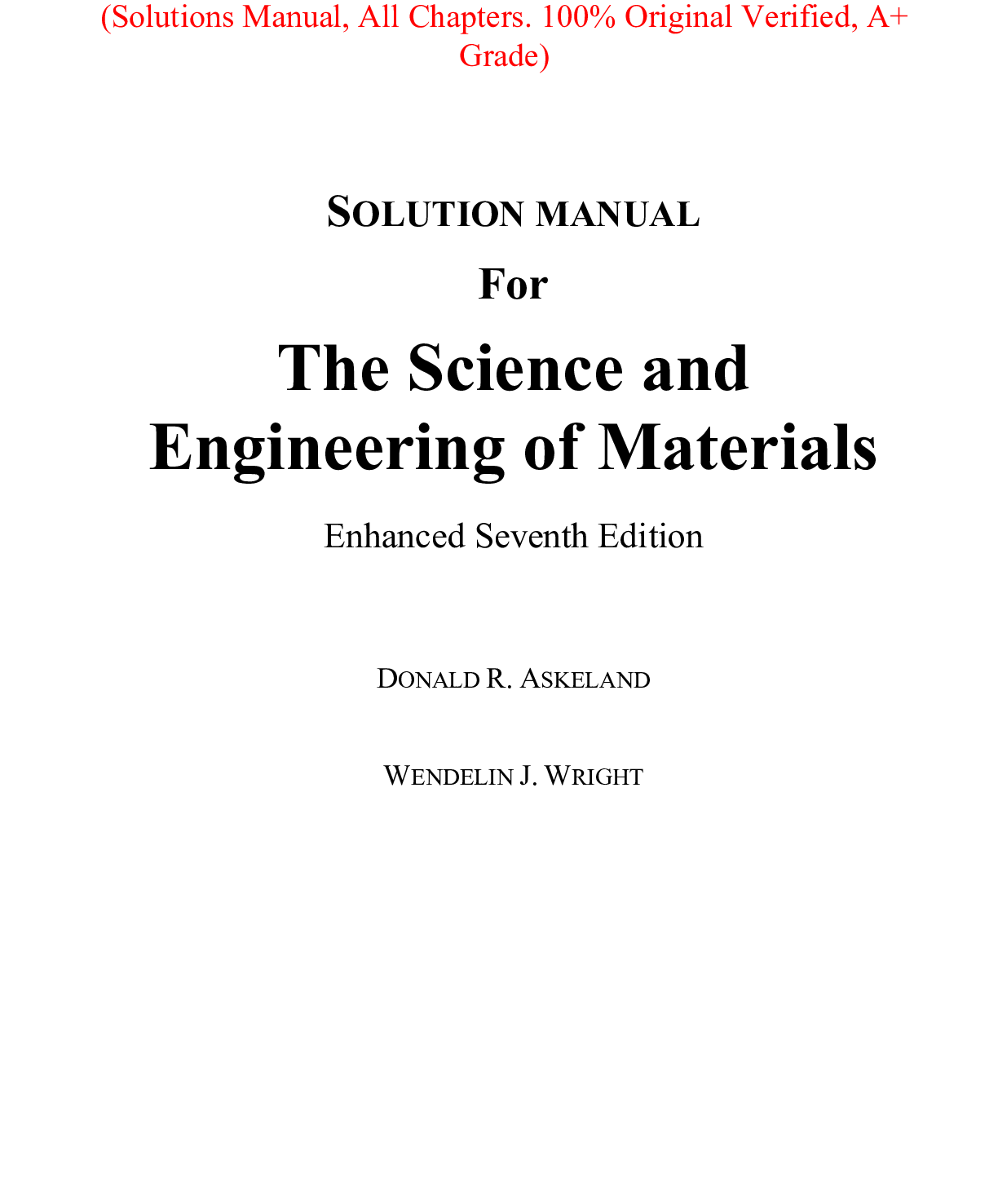


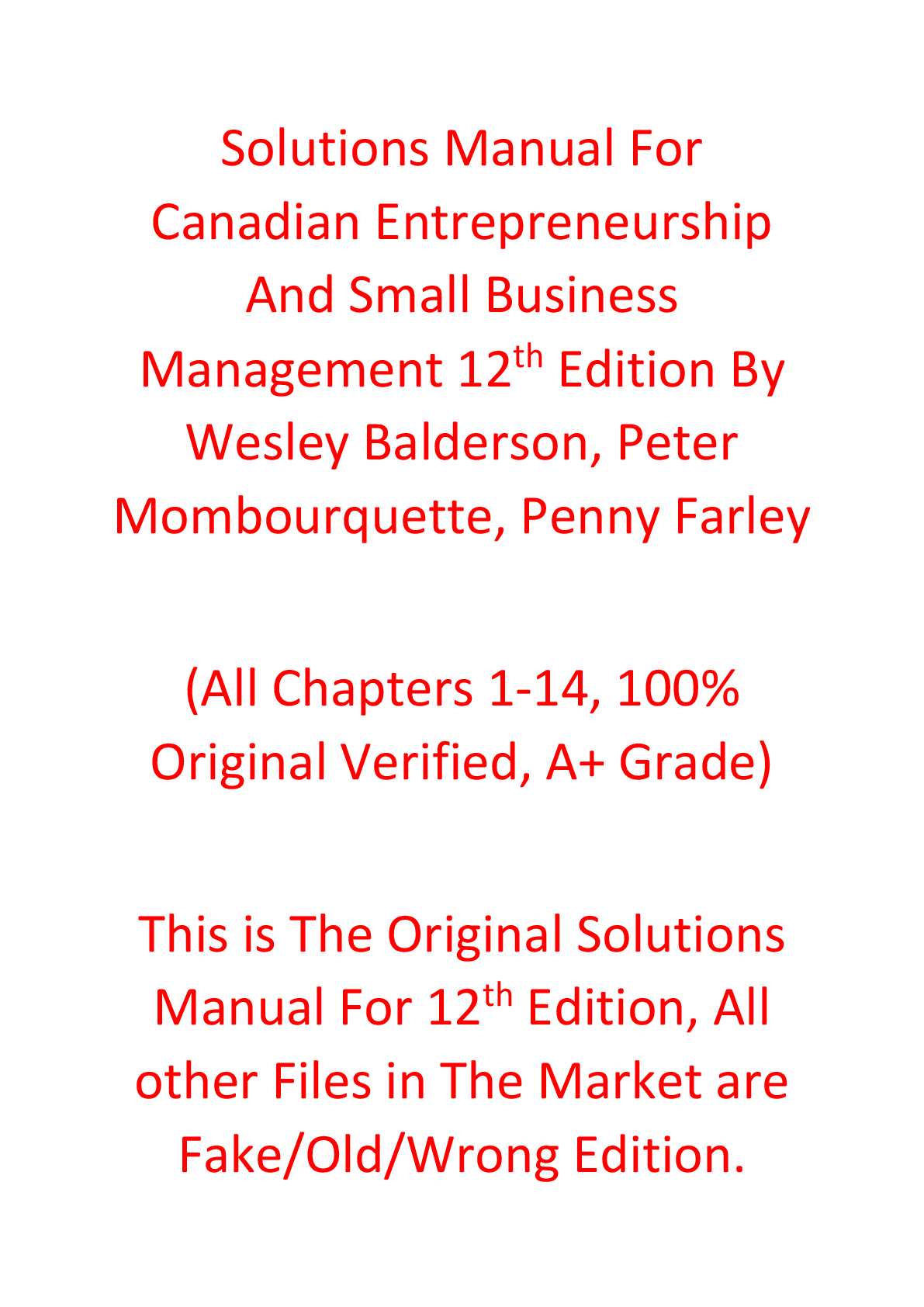
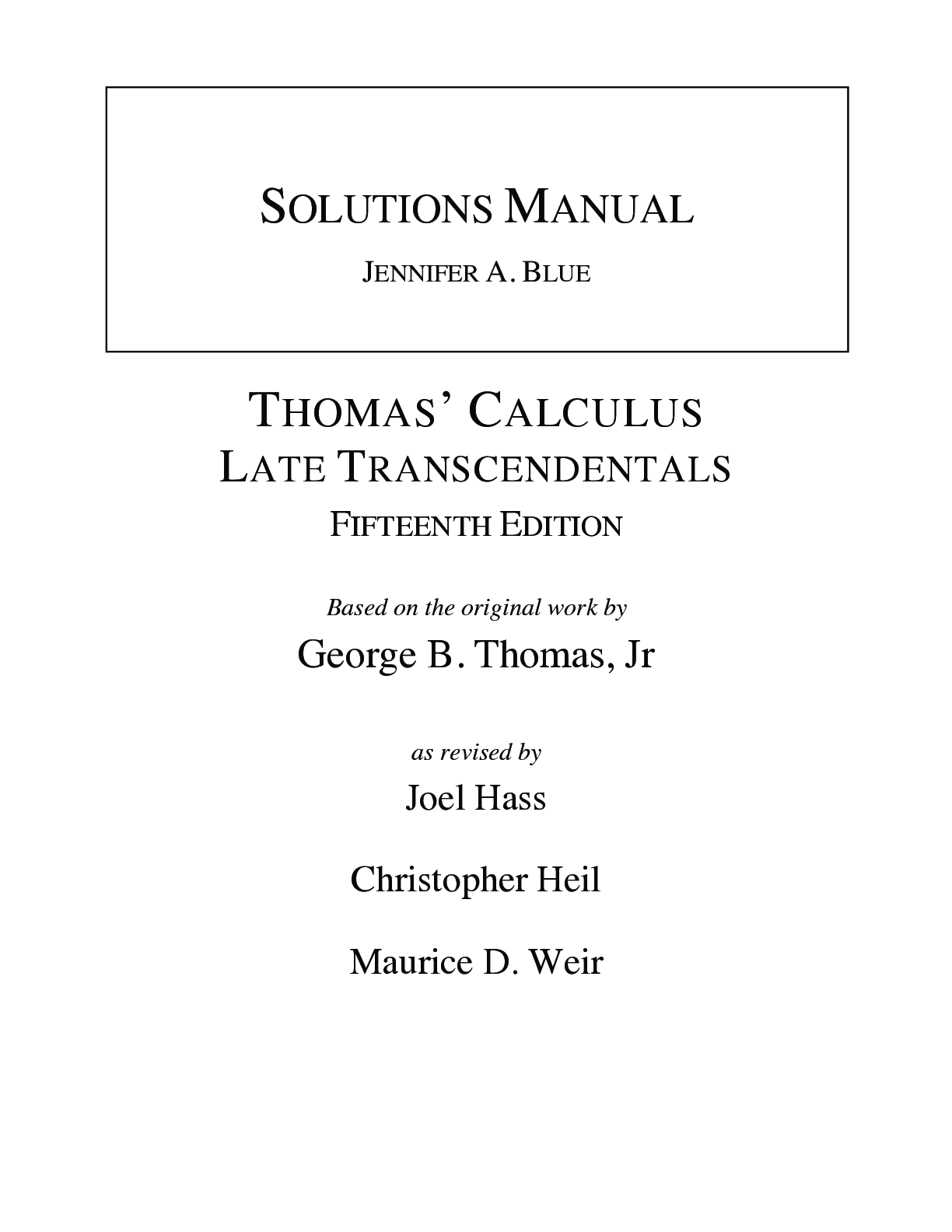




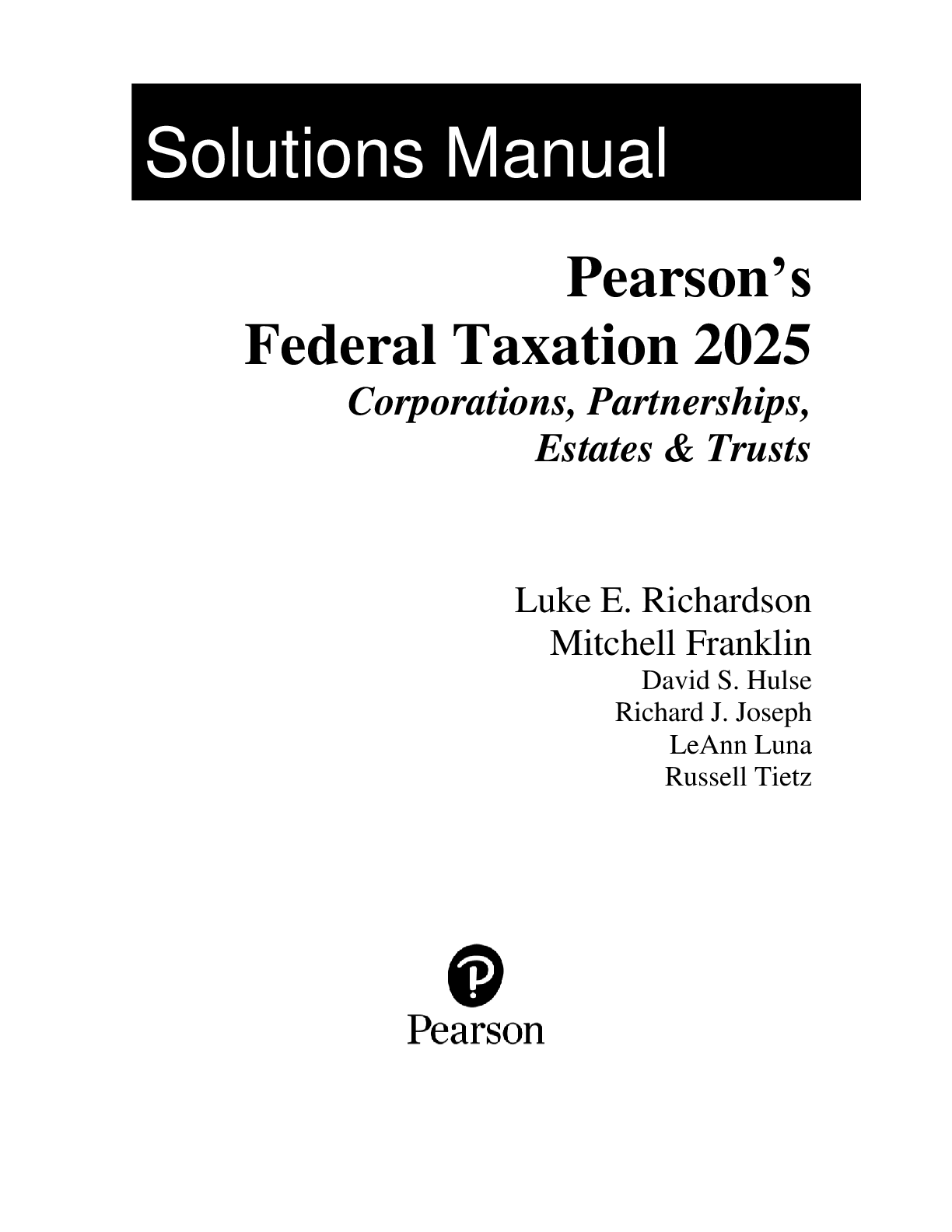
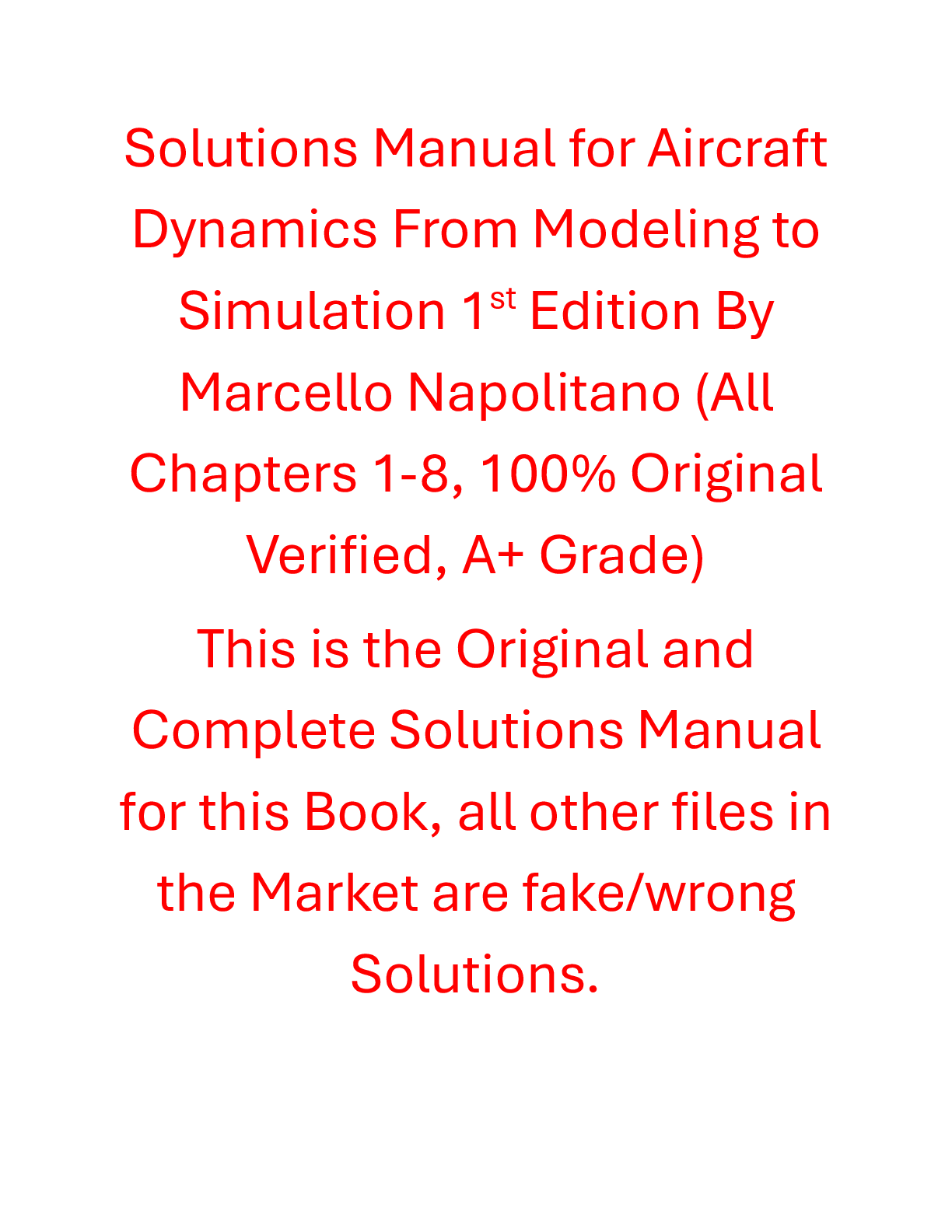

, 3e by Steven Kr.png)
